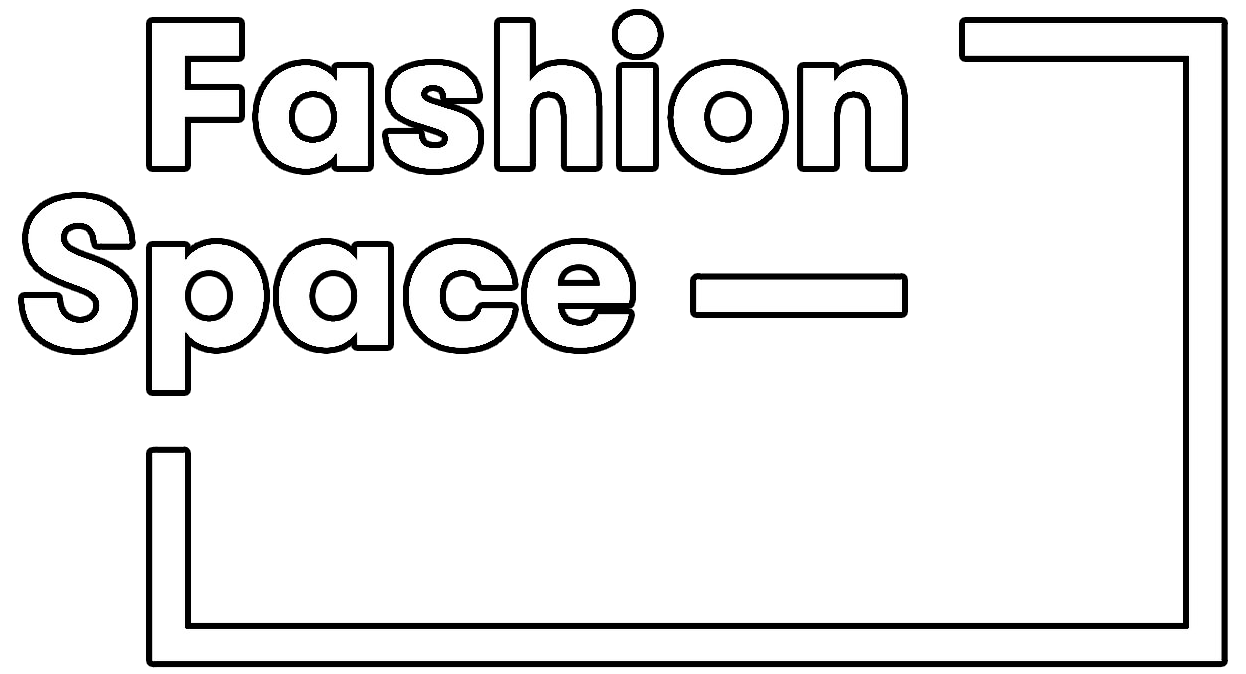'Greenwashing' or truly sustainable garments? - Lupe Castro - MsLupeCastro
As an expert in sustainable fashion, but also as a consumer, this is a question that worries me a lot. The word ‘sustainability’ is sometimes more and more unfairly treated and manipulated by the textile industry. How many times have we seen, in recent years, on the labeling of many garments with this word?
I believe that this article, for my community, is almost a ‘must reading’, because it’s important that we educate ourselves against "greenwashing", a marketing strategy for brands to increase sales and attract consumers who are looking for greener and sustainable products.
Here are my top 5 tips to avoid greenwashing:
Trusted certifications: these are some of the ones I keep in mind to make sure that a garment is really reliable and sustainable; USDA Organic, Rainforest Alliance, Forest Stewardship Council, etc.
Read the labels carefully: go further than just words or expressions like ‘eco-friendly’ or ‘100% organic’; a good tip is searching for specific information about materials, manufacturing processes, or how that garment is recycled or reconverted; some of these symbols or logos may not have any official meaning and may be used to mislead consumers.
Real commitment to sustainability: nowadays, we can search for information by using our smartphones to know better a brand that catches our attention. Check if it has a program or specific objectives related to environmental policies and practices in a clear and transparent way.
Natural fibers are a right choice: but, take into account dyes and chemicals in the garments, as they can make it difficult for them to be truly recyclable. If you get clothes that use natural dyes, some of the most 'grateful' fibers to have a second life could be linen, wool, tencel or hemp.
Trust in your instinct: if a product seems too good to be true, it probably is. Make sure to look for products that provide reliable and transparent information about their environmental impact. If there is something that doesn’t fit you in relation to what you have in your hands, don’t buy it if you are not sure that it is really a sustainable garment.
Do you have more tricks to recognize a sustainable garment? I invite you to share them with this community by writing to me on Instagram (@mslupecastro) to reach them to many more people with the same interest and the same involvement in a more sustainable and planet-friendly fashion concept.
Photo: Harper Sunday

